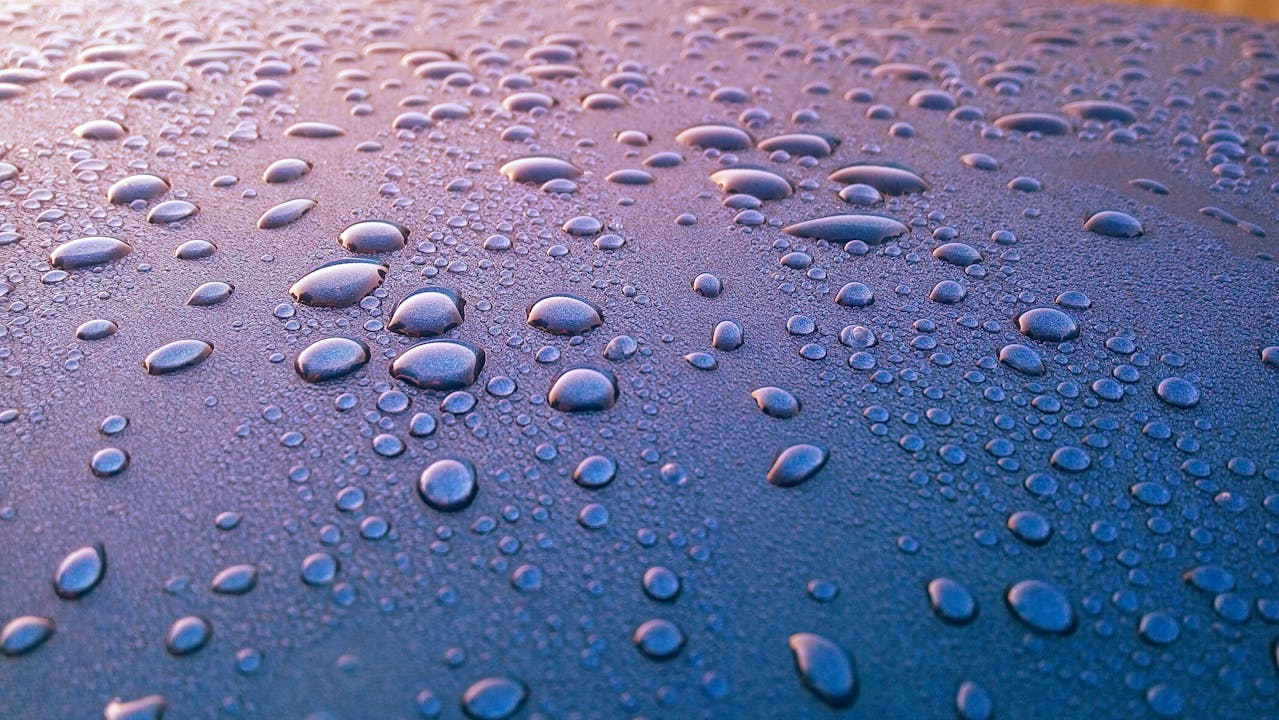Lubricants, Vol. 13, Pages 245: Study of Corrosion, Power Consumption, and Wear Characteristics of Herringbone-Grooved Fan Bearings in High-Temperature and High-Humidity Environments
Lubricants doi: 10.3390/lubricants13060245
Authors:
Jim-Chwen Yeh
Yu-Chang Lee
Chun-Hsiang Huang
Ming-Yuan Li
Chin-Chung Wei
Fans are essential electronic components for heat dissipation in electronic systems, with fan bearings being critical parts that determine fan performance and lifespan. This paper investigates the corrosion, wear, power consumption, temperature, and vibration characteristics of a newly designed and manufactured powder metallurgy bearing with herringbone oil grooves for fans under high-humidity and high-temperature conditions. Corrosion experiments on iron–copper powder metallurgy bearings show that a higher environmental temperature and humidity result in greater corrosion current and reduced corrosion resistance. Bearings operated under high humidity (85% RH) and a high temperature (80 °C) for 0, 3, and 8 days, respectively, revealed that wear and corrosion occur simultaneously. The longer the operating time, the more significant the wear and corrosion. After 3 and 8 days, the lubricating oil flow in the oil grooves decreased by 9.8% and 51.5%, respectively. When bearings subjected to varying degrees of corrosion were tested under the same standard operating conditions, it was found that the bearings corroded for 3 and 8 days, resulting in a significant increase in the number of wear debris particles, higher RMS vibration values, and a power consumption increase of 6.9% and 7.8%, respectively. The percentage of iron elements on the surface gradually decreased, with the copper elements being the primary wear particles during the wear process. However, due to the increased clearance between the rotating shaft and the bearing caused by wear, the fan temperature slightly decreased with increased surface wear.
Source link
Jim-Chwen Yeh www.mdpi.com

